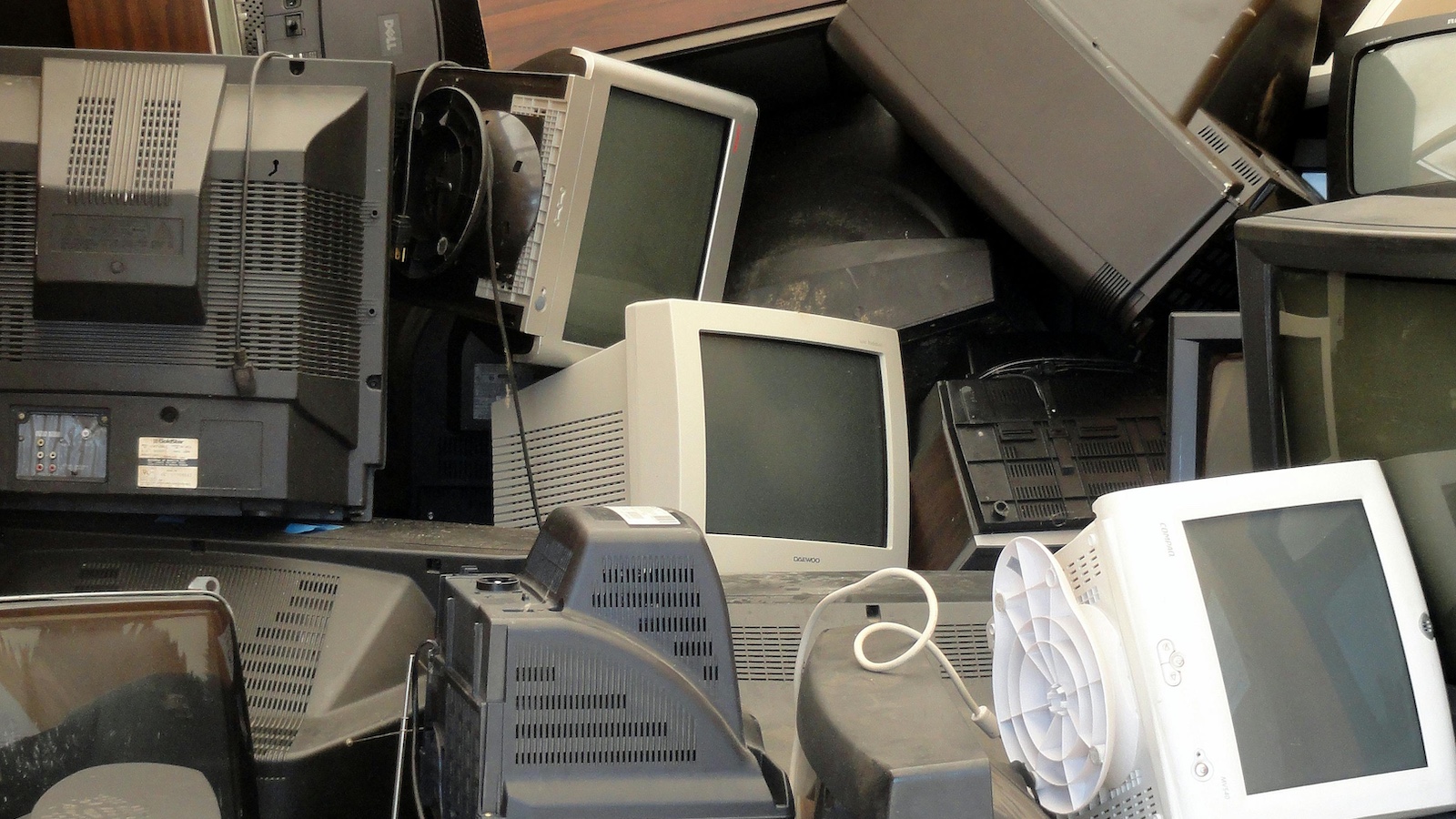One of the most difficult decisions for companies seeking cyber insurance is whether to rely on a longstanding, trusted vendor or defer to the insurer's panel of pre-approved incident response providers.
Let's say a company has worked with the same local IT service provider for years. They have a strong relationship, favorable pricing, and the added benefit of fast in-person support when needed. Most importantly, the provider knows the company's systems inside and out. In the context of cybersecurity, that familiarity can be a real asset.
Last year, when a ransomware threat hit a client's network, the IT team noticed abnormal file behavior within minutes, with files duplicating and renaming themselves on a shared drive. Because they knew the company's architecture, they didn't waste time scanning the entire network. They knew which user accounts had access to that drive, which departments had mapped it locally, and which machines had been prone to phishing clicks in the past. Within 15 minutes, they traced the activity to a single compromised workstation in accounting, pulled it from the network, and blocked the affected credentials, stopping the spread before encryption even began.
After the event, the company's relationship with its local IT provider only deepened. This dynamic isn't unusual, especially among smaller businesses. It's almost a trope: the IT guy who becomes part of the family. Shared history, trust forged under pressure, even overlapping personal lives, kids in the same school, weekends at the same barbeques. So when an insurer pushes for replacement with a faceless, pre-approved alternative, it's not just a business decision. It can feel like a personal betrayal.
Yet when it comes time to secure cyber insurance, the company faces a harsh reality: Keeping their trusted IT provider could mean a significantly higher premium, a tough pill to swallow in a margin-sensitive environment. But replacing them doesn't just come with personal guilt. It means onboarding an unfamiliar team, starting from scratch, and risking misalignment across the broader vendor stack.
Friction or miscommunication between vendors isn't just a logistical headache, it's a security risk. Every vendor represents a potential attack vector, and many fall outside the scope of cyber insurance coverage. If one of them is compromised, the threat can propagate upstream. So, from both a business continuity and risk management perspective, sticking with the local IT provider may seem like the safest option. But if they're not on the insurer's list, what then?
Insurers Don't Know the Ins and Outs of Your Stack—You Have to Show Them
Cyber insurers are often more flexible than companies assume, but only if they're convinced that the non-listed vendor doesn't introduce undue risk. Demonstrating that the provider is a strong fit also demonstrates that they're a safe bet, which benefits both the insured and the insurer. The key is full transparency.
Communicate and emphasize your preferred vendor's strong security controls, relevant certifications, incident response experience, and track record with your organization. If possible, bring in a third party to validate your assessment and avoid the appearance of bias. Done right, this can lead to negotiated savings or at least help justify the added cost internally.
The struggle to get non-approved vendors accepted by insurers points to a deeper issue: Underwriters often don't fully understand your organization's specific risk profile. Their approach is blunt, built on rough estimates, static questionnaires, automated scoring tools, and informal backchannels. Cybercrime is fluid and volatile, but underwriters don't have the time or expertise to stay current, nor to understand how each security tool actually mitigates those evolving threats. A common remedy for this disconnect is bringing in a cybersecurity expert who can act as a translator.
Tangled Web of Vendors
For companies pushed to justify a trusted vendor to their insurer, the process can also clarify the bigger picture. It forces a closer look at third-party risk, that is, untangling the vendor ecosystem, figuring out which relationships are worth protecting and which are safer to replace with insurer-approved alternatives.
This is more pressing now than ever, because the number of vendors organizations manage today has grown exponentially. Executives who came up during the dot-com era often feel disoriented. What once involved an IT guy and a local internet provider has morphed into an ecosystem of hundreds, spanning cloud services, cybersecurity platforms, managed providers, and niche SaaS tools.
It's not just the number of vendors that's growing, it's their complexity. The risk isn't additive, it's multiplicative. Each new vendor connects to others, creating a web of dependencies that rarely map cleanly back to the organization. These threads tangle. And that tangle isn't just a logistical headache, it expands the attack surface, introducing vulnerabilities with every integration.
Cyberattacks are escalating at an alarming rate. In Q3 2024, companies experienced an average of 1,876 cyberattacks per organization each week—a 75% increase compared with the same period in 2023. One compromised vendor can trigger a cascading breach across an entire organization.
The 2022 Uber case set a clear precedent: CISOs no longer walk away unscathed. They now face personal liability. But that doesn't mean the CISO can simply absorb the blame and serve as a scapegoat. Regulatory agencies, including the SEC, FTC, and GDPR enforcers, investigate the entire chain of failure: governance, board oversight, breach response protocols, and internal communication.
When an organization is found liable after a breach, regulators armed with new disclosure rules and data privacy laws can impose crippling fines. The reputational damage can linger for years. This isn't the age of "these things just happen" any more. If it does happen, you're accountable—and potentially ruined.
Cyber Insurance Isn't a Safety Net—It's a Last Line of Defense
With vendor ecosystems growing more entwined and the consequences of failure more severe, many executives turn to cyber insurance as a form of comfort. The often unspoken thinking is: You'll make this go away, right? They treat the policy like a safety net and sign the check. But while cyber insurance can be essential, it's reactive by nature. It covers the fallout. It doesn't stop the breach. Preventing incidents in the first place means knowing which threads are frayed, which are tangled, and which vendors pose real risk.
That requires assessing vendor exposure early, i.e., before and during the procurement of insurance. Whether done in-house or through a trusted partner, due diligence leads to stronger vendor cohesion, lower premiums, and greater negotiating power with insurers. Companies shouldn't be forced to blindly accept pre-approved vendors that don't fit their operating model. When organizations take the time to understand their vendor landscape, insurers can better understand what makes the business distinct and work to preserve that uniqueness rather than overwrite it.
Stratify, Verify, Clarify
So where do executives looking to assess their vendor risk start? They should begin by stratifying their vendors, organizing them by tiers of risk. Not all vendors pose the same level of exposure. Technically, a landscaper is a vendor—but would fall into Tier 4. A website analytics provider might sit in Tier 3, cloud-based HR software in Tier 2, and an IT managed service provider (ITMSP) firmly in Tier 1.
But just as damaging is placing too much trust in certifications like ISO 27001 or SOC 2. These should serve as a baseline, not a seal of approval. The same logic should be applied to external scoring tools. A vendor might have an "A" rating online, but that could simply reflect a clean external footprint, not the quality of their internal controls, policies, or staff readiness.
Many organizations rushing to sign with vendors often overlook weak or missing contractual language around data security. The agreement shouldn't just say the vendor "follows best practices." It should clearly define which frameworks are being followed, what controls are in place, and how often they're reviewed. Similarly, contracts should spell out concrete security obligations such as encryption standards, access controls and audit rights, as well as specific incident response expectations, including response time commitments and breach notification timelines.
When vetting, don't just assess the vendor. Understand how deeply they integrate with your systems and how they intersect with other vendors. That's where hidden risk lives.
Stress-Test Your Vendors
Even after vendors are properly vetted, untangled, and justified (to both the insurer and the organization,) your work isn't done. Further steps are still required.
Run tabletop exercises: These are simulated incident response drills involving all key internal and external stakeholders. Clarify roles in advance of these sessions, build trust between vendors and internal teams, and reduce confusion when real incidents hit.
For example, an organization can simulate a ransomware attack that encrypts customer data across multiple cloud environments, forcing its ITMSP, breach counsel, and DFIR firm to coordinate under a tight 24-hour window. In doing so, it might uncover gaps in cross-vendor communication or delays in restoring critical systems, issues far easier to fix in a drill than in a live breach.
Tabletop exercises are just the first step toward what should be every organization's ultimate goal: continuous, real-time threat monitoring.






































